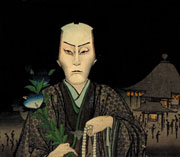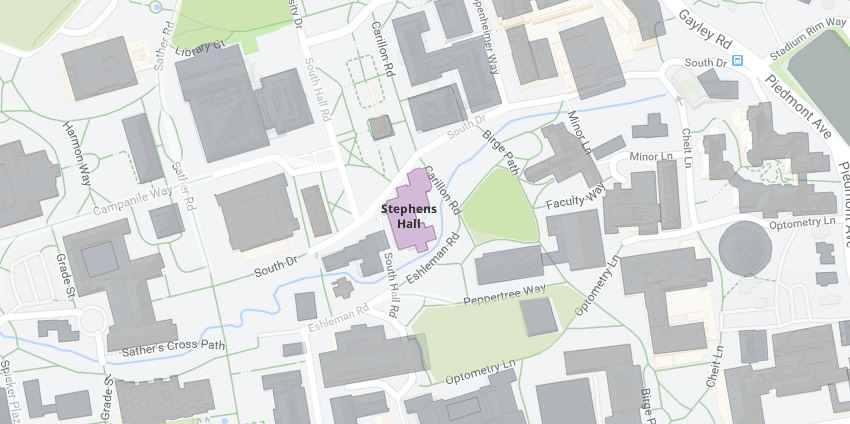
Actors in Death: Commemorative Prints from the World of Kabuki
In Actors in Death: Commemorative Prints from the World of Kabuki, the Townsend Center presents memorial prints of Kabuki actors, woodblock prints from the collection of Stanford professor Albert Dien that date from the late 18th century through the early 20th century and the heyday of Kabuki theater in Japan.
On the death of popular Kabuki actors, memorial or commemorative prints (shini-e, literally, “death prints”) would be issued for fans to buy as mementos.
As represented in Professor Dien’s rich and fascinating collection, these prints, produced commercially by various publishers and hawked on the streets, are a trove of information about the contemporary theater, the actors’ lives, and beliefs and practices related to death and funeral practices in Japan. The prints often include a poem, called jisei, purportedly written by an admirer or by the deceased himself just before dying. Other props might include a rosary and a branch of the shikimi or anise plant that was associated with cemeteries. Since death was viewed as a journey, the deceased actor may be seen in traveling clothing on his way to Paradise, or at the bank of the Sanzu no kawa, or Japanese Styx, where he must pay a few coins to the ferryman to be taken to the other side.
Dien explains that throughout these shini-e there is an underlying sense of melancholy. The prints deal with the sadness of human existence as man faces death, and yet, there is often a vitality shown here that transcends that message and that reflects the color and excitement of the Kabuki theater itself.
